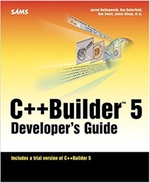Always expand the Fantastical editor popover
My preferred calendar app for the Apple ecosystem is Fantastical as I've found that it meets my needs well. One minor irritant is that the editor popover defaults to a collapsed view and I have to expand it to see everything, in particular the notes field which I use frequently. I recently discovered that there's a hidden preference to change this. It's set via a custom url of x-fantastical3://defaults?key=AlwaysShowAll&value=1&type=bool&group=1. Just click this link to set… continue reading.



